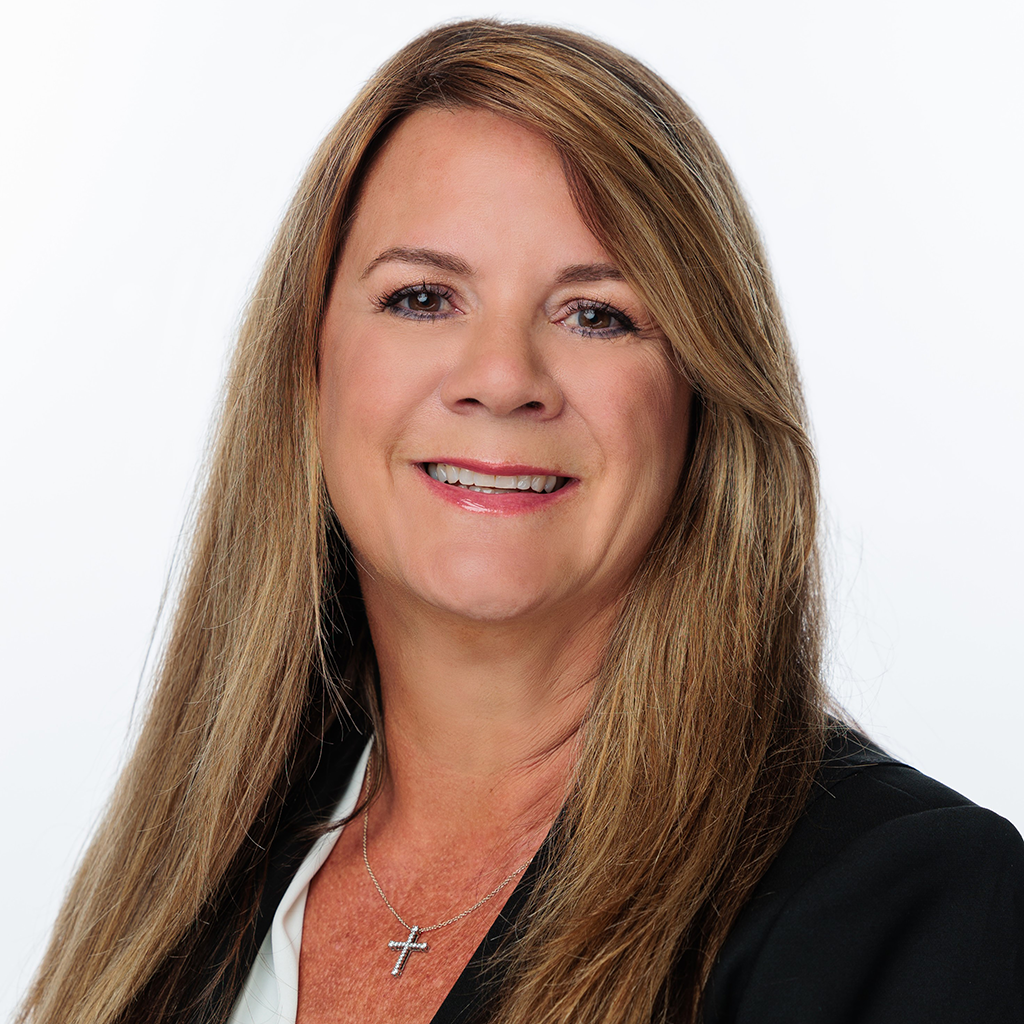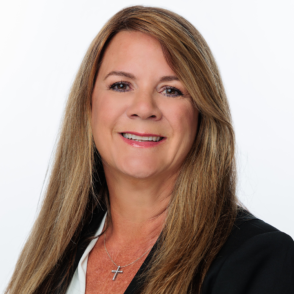The former owner and manager of two apartment complexes in Washington, D.C. will pay $3.5 million to settle a tenant lawsuit alleging rat and bed bug infestations, sewage leaks, mold contamination and other hazards. The lawsuit, brought by the district’s attorney general in October 2018, also claimed the buildings’ hundreds of tenants were subjected to persistent violence, including multiple homicides and drug raids.

All it takes is one allegation from a tenant to spark complaints from hundreds more units—the situation can escalate very quickly and the resulting damages can be very serious.
Under the settlement, dated July 12, landlord Joseph Kisha and his companies will pay $1.9 million in restitution to current and former tenants, $1 million to the attorney general’s office for violence reduction programs and litigation expenses, and the remaining funds to area nonprofits. Kisha’s company, Vista Ridge Limited Partnership, declared bankruptcy in 2019 and the apartments were sold to a company that plans to rehabilitate them.
While the problems cited in this recent case are rarely so extensive or severe, property owners and landlords contend with these issues on a regular basis. For example, water damage from broken pipes, defective kitchen appliances, leaky roofs, clogged drains and more is commonplace, as is the mold contamination that water leaks can cause.
“These issues are often not limited to a single unit,” said Nicholas Freeman, Associate Managing Director, Burns & Wilcox Brokerage, Dallas, Texas. “All it takes is one allegation from a tenant to spark complaints from hundreds more units—the situation can escalate very quickly and the resulting damages can be very serious.”
Property owners who face a lawsuit without the protections afforded by appropriate Habitational, Commercial Property, Commercial General Liability (CGL), Excess Liability or Environmental Insurance policy coverage could be unable to recover financially.
“A smaller business is often more vulnerable because it might not have the proper assets to withstand a significant loss,” said Patricia Sheridan, Manager, Ontario Property & Casualty, Burns & Wilcox, Toronto, Ontario. “If the company is not properly protected, that could result in bankruptcy.”
Mold: Dangerous, costly and typically excluded from CGL Insurance
Poor housing conditions were also in the news on July 1 when an Alaska-based U.S. military family filed a lawsuit against a privately-owned military housing provider over mold found in their laundry room. The suit, which seeks damages for lost belongings and reimbursement of moving costs, is one of multiple lawsuits brought by military families across the country regarding mold-related issues. Last September, a U.S. Marine Corps family was awarded more than $2 million in damages for mold contamination and other issues at their private military housing community.

Every year, there is likely a billion dollars’ worth of environmental-related bodily injury, property damage and remediation costs that are not covered by an Environmental Insurance policy, because property owners did not think they had environmental risks and did not invest in the proper coverage.
Mold remediation can be costly, especially when the problem is widespread or hidden. Notably, mold is usually specifically excluded from a standard CGL Insurance policy, explained Freeman.
Indoor mold exposure has been linked to upper respiratory tract symptoms in otherwise healthy individuals and a higher risk of infections in those with chronic lung disease. One study found that infants exposed to mold were three times more likely to develop asthma by age 7. In Canada, indoor mold is considered a “significant health hazard.” To cover costs related to remediating mold and other pollutants, commercial property owners should invest in Environmental Insurance.
“The reality is that mold is everywhere,” said Gina Jones, Vice President, Director, Environmental Programs, Burns & Wilcox, Denver, Colorado. “You cannot predict how it is going to affect one individual or another. It can be deadly and needs to be completely removed or it will continue to multiply.”
A 2017 study in Arkansas found that over half of renters surveyed had problems with their landlords and seven percent said these problems affected their health. Environmental Insurance coverage for an apartment complex could include costs related to removing mold, lead, asbestos and other pollutants, such as Legionella bacteria found in cooling towers and hot tubs.
“Every year, there is likely a billion dollars’ worth of environmental-related bodily injury, property damage and remediation costs that are not covered by an Environmental Insurance policy, because property owners did not think they had environmental risks and did not invest in the proper coverage,” said Jones. “There is a common misconception that Environmental Insurance is very expensive—it is not. It is very affordable and the coverage is broad.”
Property conditions and source of damages can impact coverage
Renters comprise over 36 percent of American households and almost 33 percent of Canadian households. CGL and Excess Liability Insurance policies are intended to cover costs related to bodily injury that occurs on rental property premises—such as injuries from slip-and-fall accidents, which caused more than $50 billion in total medical costs in 2015.
A Commercial Property Insurance policy can include coverage for costs related to repairing damage to buildings in apartment complexes and other rental communities that results from storms, malfunctioning water or electrical systems, and similar events.
In Canada, Property and Casualty Insurance policies may have tenants endorsement restrictions that exclude malicious acts and vandalism by tenants or their guests. “If tenants cause damage to a rental property, that would not be covered by our policies,” Sheridan noted.
“Liability lawsuits can be filed against apartment owners alleging complaints as minor as peeling paint or as severe as building code violations or rats and mice,” Freeman explained. Although a vermin infestation may not technically result in physical injury, a tenant or attorney could argue that it caused mental anguish.
Some insurance providers, Freeman said, are adding habitability exclusions to Habitational Insurance policies, which means that coverage does not apply if certain conditions, such as health and safety code violations, render a property uninhabitable.
In addition to CGL Insurance, Excess Liability Insurance is an important consideration for property owners who want to increase their coverage limits, he said.
Although rates of violent crime have gone down in the U.S. and Canada, landlords may be sued if a tenant believes unsafe property conditions contributed to a crime committed on the premises of a rental property. In February, the parents of a North Carolina man who was fatally shot filed a lawsuit against his apartment complex’s property management company, alleging “negligent security” as one factor in their son’s death.
“If a shooting takes place in a rental property’s parking lot, some may claim the lights in the parking lot should have been brighter, or that there should have been a security gate present, or complain that the security gate was broken,” Freeman pointed out. “It is not that property owners or apartment managers are necessarily found to be at fault for the crime itself, but they could potentially be held liable for related conditions if a crime is committed on their premises.”
Proper maintenance, response plans can help mitigate risk
Landlords and property management companies can do their part to lessen the risk of a lawsuit by properly maintaining their buildings, screening tenants and regularly checking on their properties, Sheridan explained. “Credit checks and references can help building owners ensure they are renting to reliable tenants,” she said. “If property owners stay on top of smaller repairs, that keeps buildings in better shape and can reduce the likelihood of lawsuits.”
Small problems can become more costly over time, Sheridan added. “Water damage can become very extensive—and expensive—if it goes undetected,” she said. “Conversely, a small leak that is repaired right away can be quite manageable and relatively inexpensive.”
Other best practices include using a reputable property management company — which should have its own CGL and Commercial Property Insurance policies in place — and having a water intrusion plan, Jones said. “There should be a plan of action for what happens when a tenant or property manager detects a water leak,” she said.
Insurance policies should be tailored to a property’s unique characteristics
An apartment community’s characteristics — including water features, playgrounds or ponds — are key to understanding its risks, and insurance coverage should be tailored to adequately address all of them, Freeman said.
“Apartments in Texas are generally made of multiple buildings that are spread out over quite a bit of shared land where slip-and-falls, other accidents or assaults could take place,” he said. “In Chicago or Los Angeles, where there are more mid- or high-rise structures with very little shared land, the concerns may be older buildings with lead exposure, outdated wiring, or fire escapes that could cause injuries if they are not used correctly.”
Buildings should be insured to their full value, even if the owner’s mortgage company does not require it, Sheridan said. “A complete, comprehensive application that includes details on all building information, occupancy and updates is important. If a property is properly maintained and updated, more coverage options and better rates are available.”
“Choosing the right Habitational Insurance partner is more important now than it ever has been,” Freeman emphasized. In some cases, he said, coverage exclusions are being added that have not been added in the past. “Property owners need advice from experts to understand how these exclusions could impact them. When it comes to investing in Habitational Insurance, you need to know what you are getting — or what you are not getting.”
This information was provided by Burns & Wilcox, North America’s leading insurance broker and underwriting manager. As with any coverage need, an insurance broker or agent must be consulted.
Learn more about Habitational, CGL, Excess Liability, Commercial Property and Environmental Insurance.








